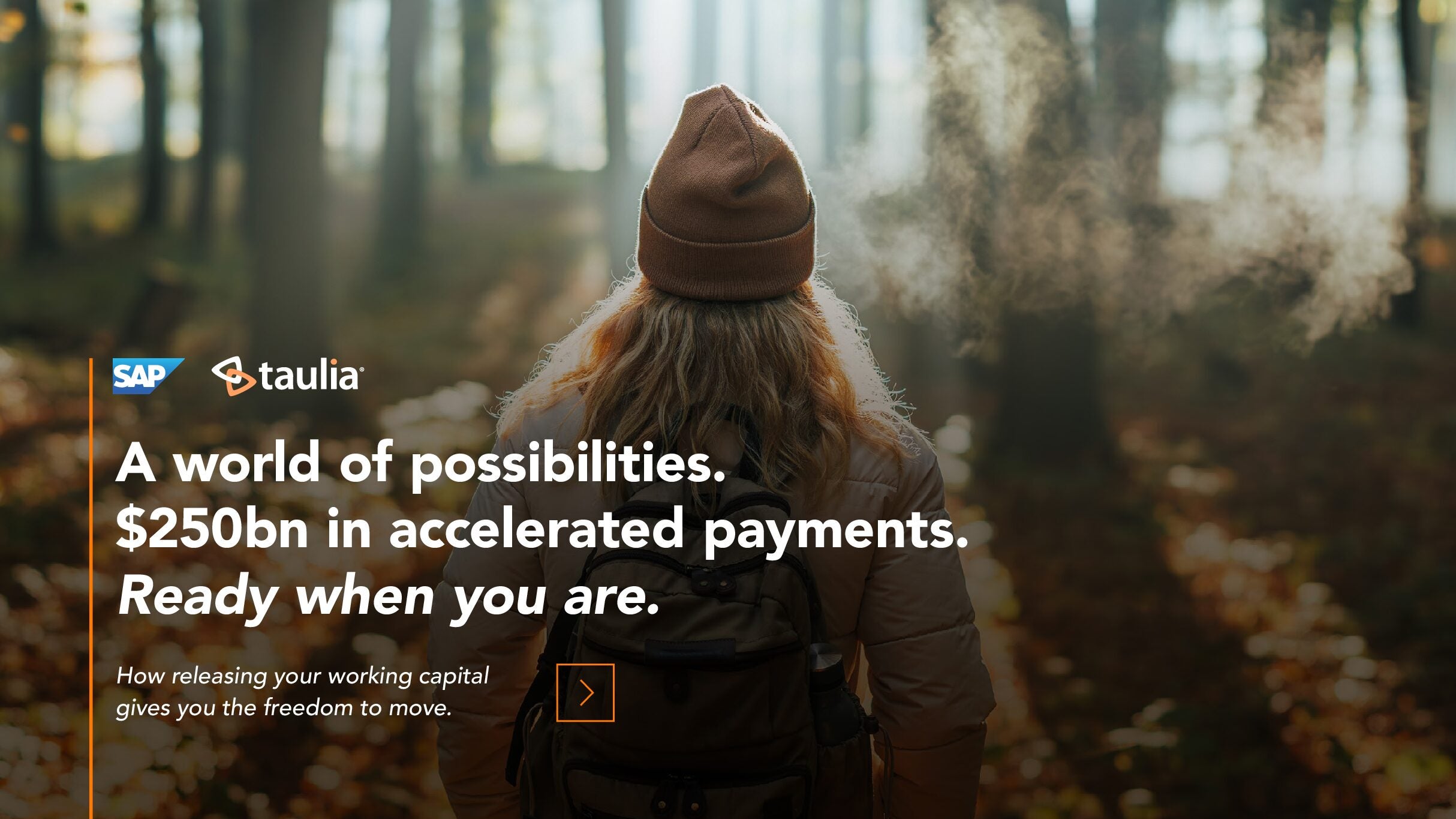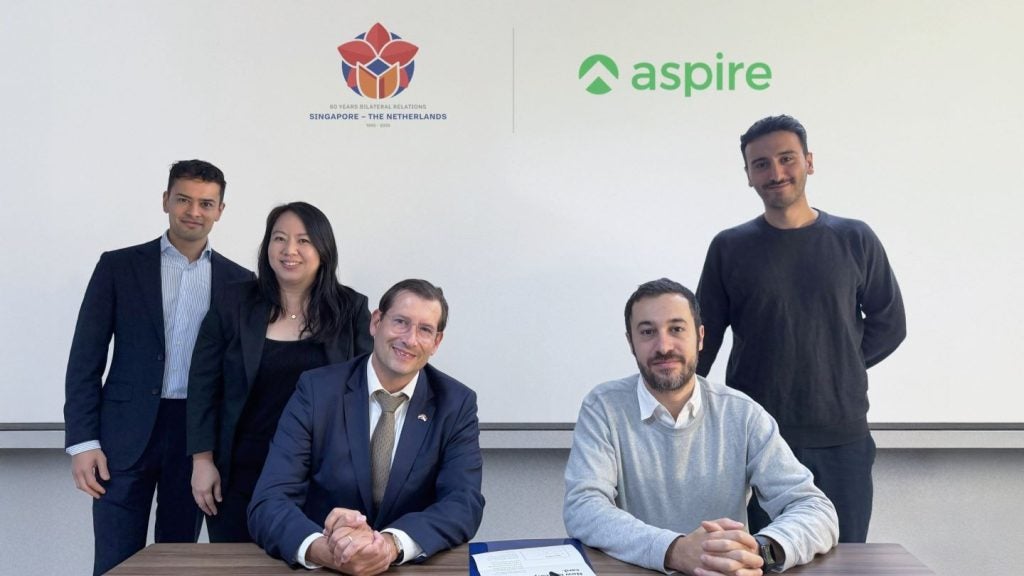
The Kenyan mobile wallet payments market is forecast to grow by 5.7% in 2024 to reach KES8.4trn ($60.1bn), supported by an accelerated consumer shift towards digital payment methods, according to GlobalData, publishers of EPI.
GlobalData’s Payment Instrument Analytics reveals that mobile wallet payments value in Kenya registered a compound annual growth rate (CAGR) of 12.7% between 2020 and 2024, driven by a rise in consumer spending and a high consumer preference for mobile-based payments.

US Tariffs are shifting - will you react or anticipate?
Don’t let policy changes catch you off guard. Stay proactive with real-time data and expert analysis.
By GlobalDataRavi Sharma, Lead Banking and Payments Analyst at GlobalData, commented: “The mobile wallet payments market in Kenya is well-developed and is poised for robust growth driven by factors such as the popularity of mobile payment solutions like M-PESA, the introduction of Kenya Quick Response Code (KE-QR Code) Standard in 2023 and the rising popularity of QR code-based payments.”
The uptake of payment cards in Kenya remains low
This is due to consumers’ preference for cash and mobile payments, coupled with limited acceptance of payment cards at merchant locations. The widespread popularity and acceptance of mobile payment solutions like M-PESA, which offer convenience and cost-effectiveness, hinders payment card growth. Also, unlike banks, mobile payment providers serve small merchants with lower processing fees, making them more attractive to consumers.
The mobile payment market is dominated by the domestic mobile money service provider M-PESA. Since 2007, the company has revolutionised the way people spend and send money. The popularity of M-PESA is primarily because it allows customers with limited access to a bank account to send and receive money, top-up their phone credit, and make bill payments.
The ease of setting up an M-PESA account, its simplicity of use and affordability, and the high penetration of mobile phones have all contributed to its strong growth. As of July 2024, M-PESA has more than 51 million customers, and over 604,000 active agents across Africa.
Sharma adds: “In 2024, QR code payments are expected to gain traction due to their user-friendly nature, convenience, and enhanced security. The introduction of the KE-QR Code will play a crucial role in promoting the adoption of QR code payments. This standard has improved the interoperability of digital payments across various institutions and mobile money networks, simplifying digital payments for consumers and businesses alike. The launch of the KE-QR Code standard brings Kenya in line with markets such as Singapore, India, and China, which have all implemented domestic QR code standards.”
According to the Communications Authority of Kenya, the number of active mobile (SIM) subscriptions increased to 68 million by the end of March 2024 from 66.7 million as of December 2023, which is equivalent to a penetration rate of 132.1%.
Sharma concludes: “With mobile phones being an integral part of everyday life in Kenya and consumers becoming more comfortable utilising mobiles to make payments, the Kenyan mobile wallet payments market is projected to register a healthy CAGR of 10.8% between 2024 and 2028 to reach KES12.7trn ($90.5bn) in 2028.”









